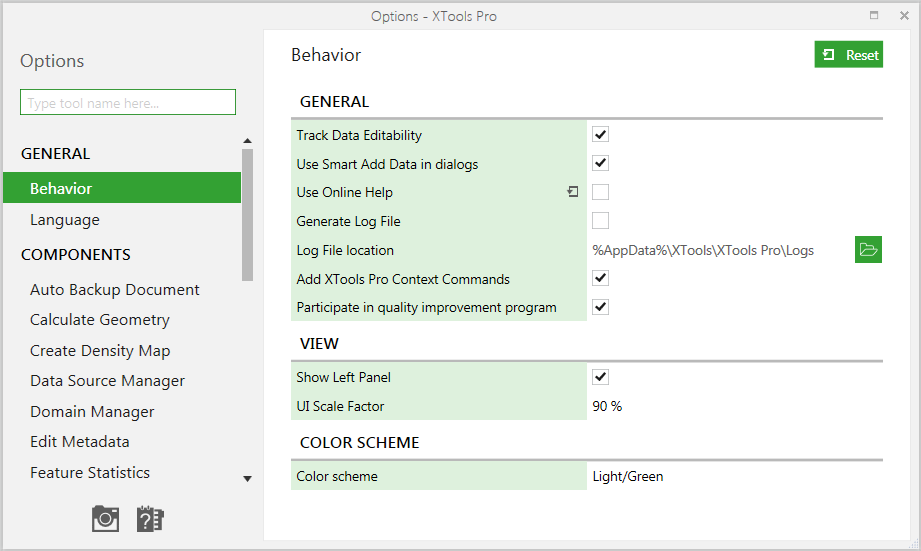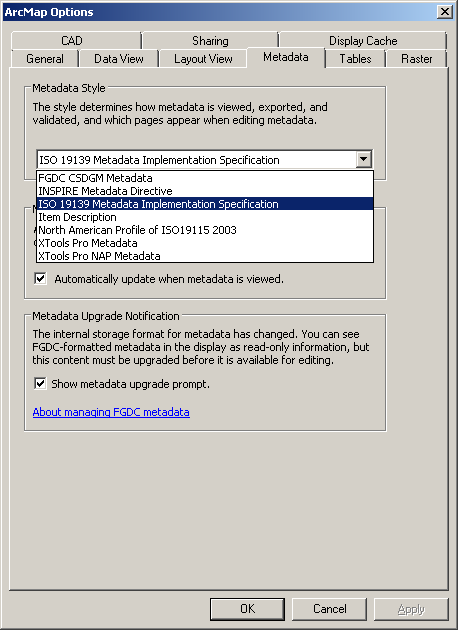


Most areas of orchard cultivation were sited in areas overlying carbonate bedrock in the Valley and Ridge province. The digital data set of orchard locations was used to aid assessment of the likely occurrence and distribution of arsenical pesticide residues in surface soils. Surface concentrations of arsenic and lead in undisturbed orchard soils where arsenical pesticides were used commonly exceed 20 mg/kg As and 100 mg/kg Pb (Veneman et al., 1983 Jones and Hatch, 1937). In minimally disturbed orchard soils, arsenic and lead are largely retained in the top few centimeters of the soil horizon intra-soil redistribution of these metals occurs but appears to be limited (Veneman et al. Based on estimates from other areas (D'Angelo et al., 1996), cumulate application over the period of arsenical pesticide use may have been as much as 22.4 g/m2 of arsenic and 100 g/m2 of lead in orchard areas. Other metal-bearing pesticides, such as copper acetoarsenite (Paris Green), Bordeaux Blue (a mixture of copper sulfate and calcium hydroxide), and organic mercury fumigants were used to a lesser degree in orchards (Peryea, 1998 Shepard, 1939 Veneman et al., 1983).ĭuring the time arsenical pesticides were extensively used, federal and state pesticide laws did not require farmers to keep accurate records of the quantity, location, and type of arsenical pesticides used on their property, thus the quantity and distribution of this past arsenical pesticide use is not known in the region. During this time period, lead arsenate was the most extensively used arsenical pesticide (Peryea, 1998), particularly in apple orchards. Previous studies have documented that elevated concentrations of arsenic, lead, and sometimes copper occur in the soils of former apple orchards (Veneman et al., 1983 Jones and Hatch, 1937).Īrsenical pesticide use was most extensive and widespread in agricultural applications from the 1920s to the late 1950s, and largely ceased agricultural use by the early 1960s in the nation. The data set was created to be used in an assessment of soil contamination related to past use of arsenical pesticides in orchards in the northern part of the Great Valley region, Virginia and West Virginia. Arsenical pesticides may have been used on part, or none, of the land and, under current land use, the land may have been remediated and no longer contain elevated arsenic and metal concentrations in soil. An orchard's presence in this data set does not necessarily indicate the use of arsenical pesticides on the site or that elevated arsenic and metal concentrations are present. The orchard locations are based on air photos and topographic maps prepared using information from the time period of extensive use of arsenical pesticides between the 1920s and 1960s. This data set shows orchard locations in Clarke and Frederick Counties, Virginia and Berkeley and Jefferson Counties, West Virginia where arsenical pesticides were likely used. Geological Survey Open-File Report Issue_Identification: 2006-1330 Online_Linkage: Description: Abstract: Geospatial_Data_Presentation_Form: vector digital data Series_Information: Series_Name: U.S. Publication_Date: 20061008 Title:ĭigital Data Set of Orchards Where Arsenical Pesticides Were Likely Used in Clarke and Frederick Counties, Virginia and Berkeley and Jefferson Counties, West Virginia Identification_Information: Citation: Citation_Information: Originator: Peter Larkins Originator: Bradley Reed Originator: Gilpin R.


Digital Data Set of Orchards Where Arsenical Pesticides Were Likely Used in Clarke and Frederick Counties, Virginia and Berkeley and Jefferson Counties, West Virginia Digital Data Set of Orchards Where Arsenical Pesticides Were Likely Used in Clarke and Frederick Counties, Virginia and Berkeley and Jefferson Counties, West Virginia


 0 kommentar(er)
0 kommentar(er)
